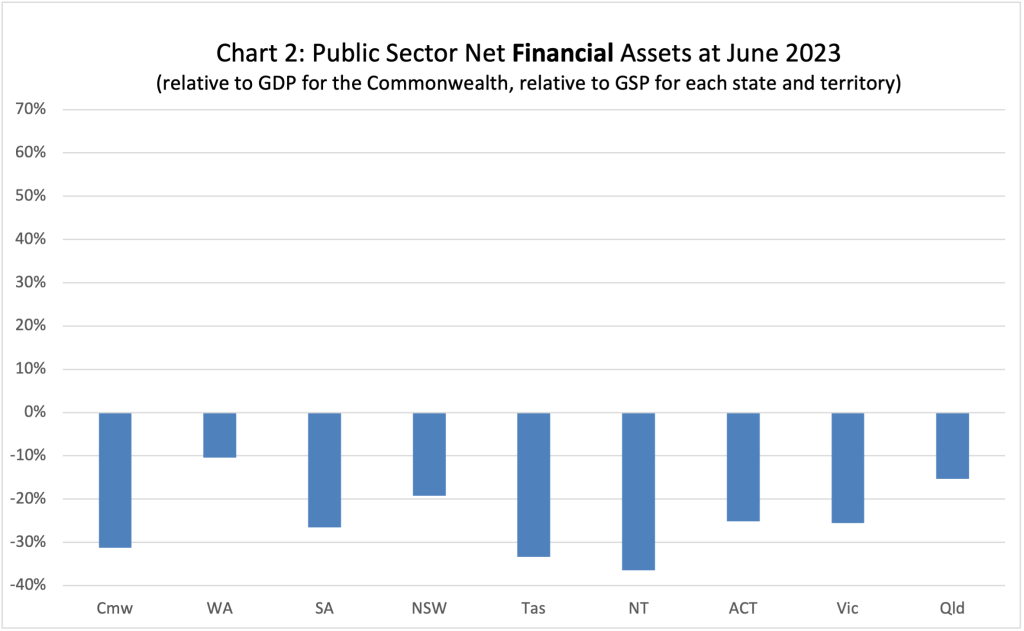The Case for Wisdom, Temperance, and Common Sense.
With all the chaos occurring within western democracies right now, I thought it timely to focus on solutions rather than the troubles we face.
In the primer to this publication, it states that Liberty Itch will present ideas that will champion your rights as an individual, challenge concepts that threaten those freedoms, and warn you of impending coercion.
My contribution, as a historian of ancient history, is to sound the warning signals, of which there are many. In doing so, I stress the importance of visiting foundational values which paved the way for the freedoms and liberties we have today.
For example, why is it controversial to promote the idea of temperance within our families, communities, towns, and cities?
Why can we not remain living free and still be virtuous people?
Why is it that we cannot discuss ideas that make others feel uncomfortable because it challenges their own personal views yet does them no harm?
I ask these questions because this is the premise upon which the Spartan ruler, Lycurgus, implemented an ingenious political system; one that the Romans subsequently adopted, and of which we moderns inherited the blueprint.
The political structure must comprise three levels of government – monarchy, aristocracy, and democracy.
No doubt many will wonder how Sparta could possibly contribute to the advancement of liberty, given her reputation for minimalism in all things creative, and strict discipline in the ways of living. But stay with me.
This Spartan ruler is fascinating!
Lycurgus is credited with the founding of Classical Sparta’s eunomia, meaning “good order.” He was a fifth century lawmaker and sage who took the time to ponder and implement what he considered to be the best solution for governance of his country. He travelled to Crete, Asia, and Egypt to examine the various ways of government. He returned to Sparta inspired and resolved to “change the whole face of the commonwealth.” He saw his duty like this:
“He must act as wise physicians do, in the case of one who labours under a complication of diseases, by force of medicines reduce and exhaust him, change his whole temperament, and then set him upon a totally new regime of diet.”
In other words, he wanted his country healthy in mind, body, and spirit.
He planned meticulously; no reactionary policy-on-the-run for this wise and disciplined man.
But the change of most importance was the establishment of the senate. He was in search of a ballast, a central weight that would prevent the state from leaning too much toward absolute monarchy on one hand, and pure democracy on the other.
He appointed people on merit – what an extraordinary idea!
“The vacancies he ordered to be supplied out of the best and most deserving men past sixty years old…for what more glorious competition amongst men than one in which it was not contested who was swiftest among the swift or strongest of the strong, but who of many wise and good was wisest and best.”
One can only imagine the heights of greatness a nation could aspire to if the people who governed were of sound mind and soul. For us in 2024, it appears merely as a dream.
And what of external conflicts? Well, Lycurgus had no desire to govern other nations; his interest lay toward his own. And that interest was grounded in virtue, and to keep the concord of his own people. His aim was this:
No doubt many will wonder how Sparta could possibly contribute to the advancement of liberty
“…to make and keep them free-minded, self-dependent, and temperate.”
What better state of being could a leader possibly want for his people, and what could the people possibly want more than this?
Lycurgus is celebrated as the “wise lawgiver” who gave Spartans a government of “happy balance and temper.”
My trusty Roget’s Thesaurus defines the word Spartan as:
Stoic – patient – strict – inornate – concise – abstinent – meagre.
Tough words with even tougher consequences, and particularly offensive to our modern weakmindedness. Imagine imposing, let alone suggesting, the concept of “discipline.”
But with so much chaos occurring by way of disrespect, blame-shifting, and outright inconsideration for our constitution and laws, why would we not seek to shift the pendulum back to the middle?
The ancients learned through experience that for societies to operate within some sort of order, the political structure must comprise three levels of government – monarchy, aristocracy, and democracy.
The idea was that one arm would not devolve into its simplest form and thereby become perverted.
1. Monarchy into one-man autocratic rule.
2. Aristocracy into oligarchy.
3. Democracy into chaotic mob rule.
These three elements can work together to provide a stable form of government, only IF it is by choice that they work with or against one another.
I wrote last month of broken systems and the responsibility of the people to bear some of the brunt of that brokenness, rather than merely throwing stones at those we send to represent us. Politician bashing (metaphorically) may make for good armchair sport, but it does nothing to advance the cause to restore a semblance of decency into our societies.
To read about Lycurgus is to wonder if he is a utopian idealist, a benevolent dictatorial figure, or one who harbours an interest in libertarianism.
My view is he comprises the essence of all three elements. It is something that we should all yearn for in our own polity.








